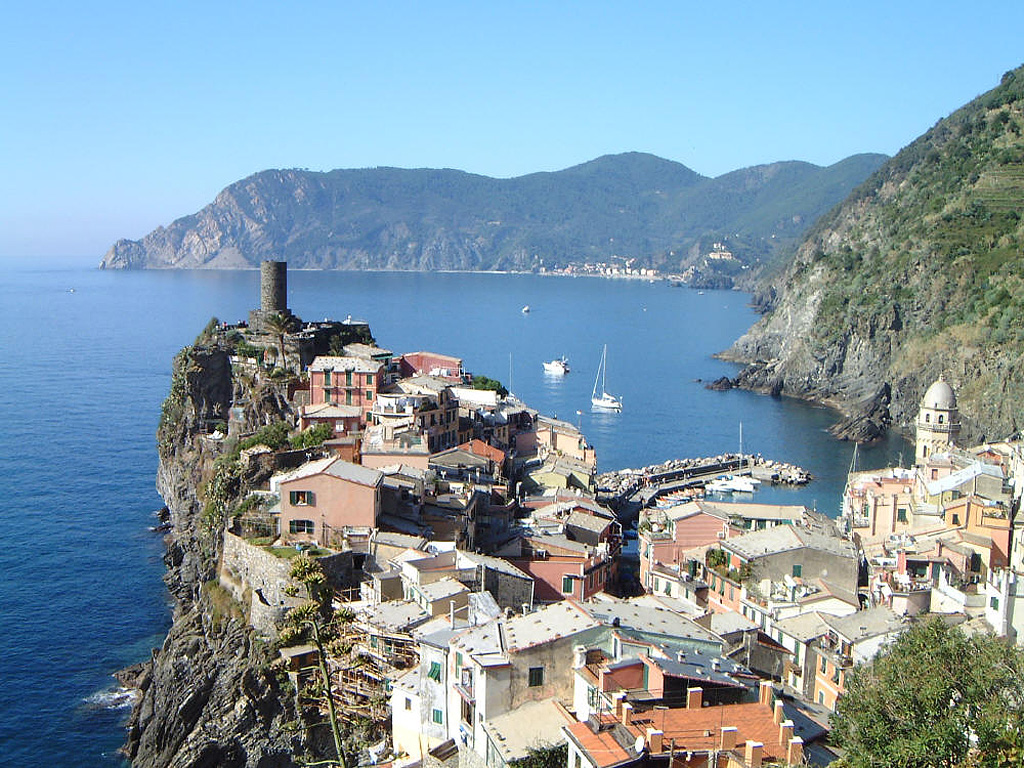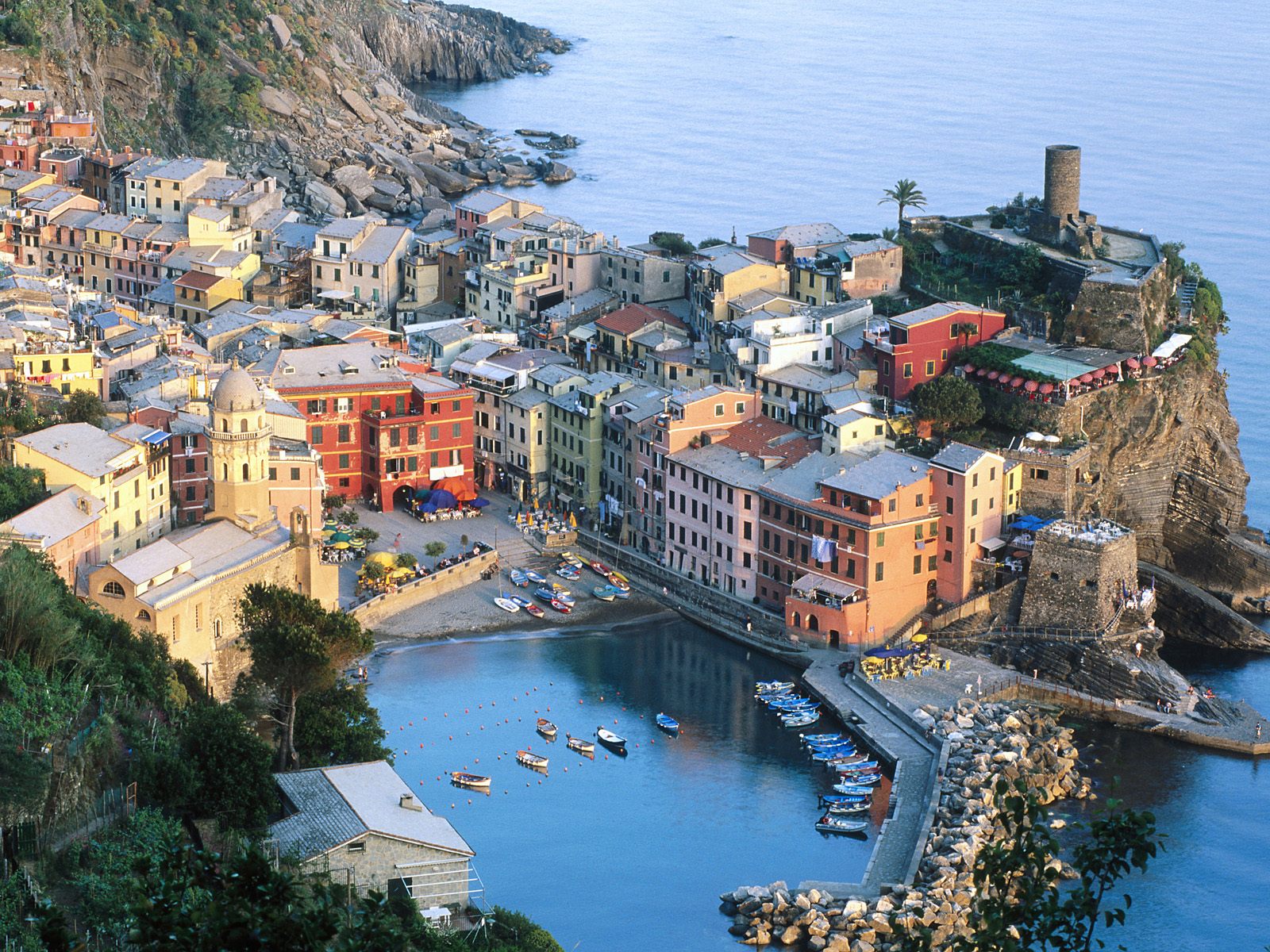
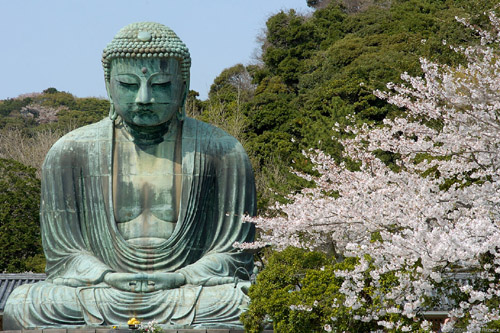

Kamakura (鎌倉市, Kamakura-shi?) is a city located in Kanagawa, Japan, about 50 kilometres (31 mi) south-south-west of Tokyo. It used to be also called Renpu (鎌府?) (short for Kamakura Bakufu (鎌倉幕府, or Kamakura Shogunate?)). Although Kamakura proper is today rather small, it is sometimes considered a former de facto capital of Japan as the seat of the Shogunate and of the Regency during the Kamakura Period. (In reality its independence from Kyoto was never complete)[1]
According to The Institute for Research on World-Systems,[2] Kamakura was the 4th largest city in the world in 1250 AD, with 200,000 people, and Japan's largest, eclipsing Kyoto by 1200 AD.
As of January 1, 2008, the city has an estimated population of 173,588 and a density of 4,380 inhabitants per square kilometre (11,300 /sq mi). The total area is 39.60 square kilometres (15.29 sq mi).
Kamakura was designated as a city on November 3, 1939.
Kamakura has a beach which, in combination with the temples and the proximity to Tokyo, makes it a popular tourist destination. It is also noted for its senbei, which are crisp rice cakes grilled and sold fresh along the main shopping street. These are very popular with tourists. Read full history of Kamakura at wikipedia







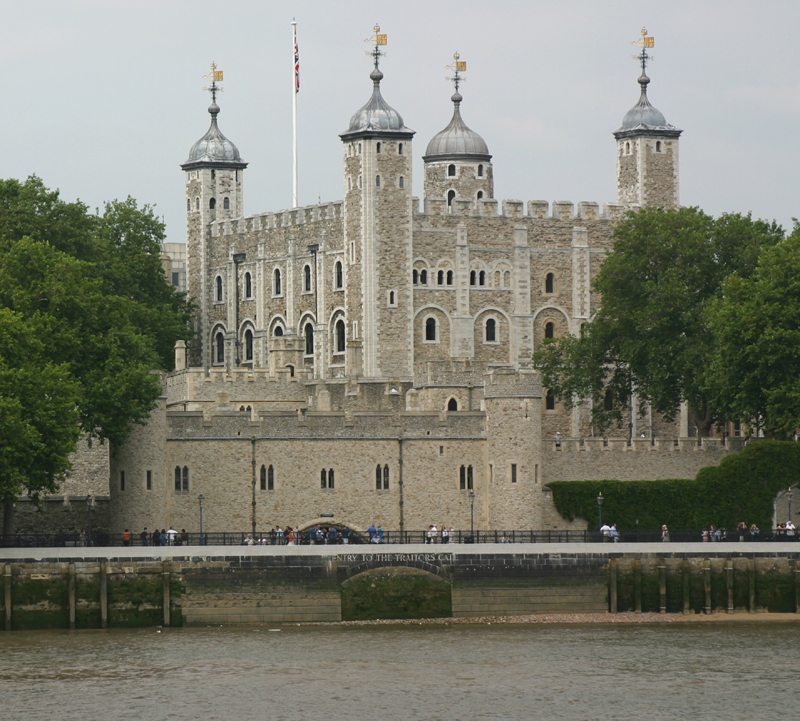
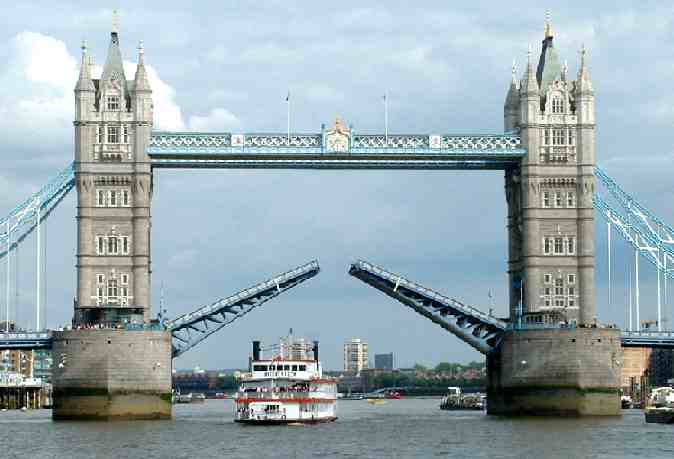

 The Tower of London by Paul Lowman and Katrell Morgan The Tower of London is a complex located on the Thames River in London. It has a rich history dating back to 1066, when William of Normandy decided to build the White Tower after he had taken over the kingdom of England. It was built and completed by Gundulf, the bishop of Rochester, in the year 1078. The Tower has been used as a royal residence as well as for a prison. Executions were held in the central keep and outside the Tower on Tower Hill. Yeoman guards now stand outside this popular tourist attraction.
The Tower of London by Paul Lowman and Katrell Morgan The Tower of London is a complex located on the Thames River in London. It has a rich history dating back to 1066, when William of Normandy decided to build the White Tower after he had taken over the kingdom of England. It was built and completed by Gundulf, the bishop of Rochester, in the year 1078. The Tower has been used as a royal residence as well as for a prison. Executions were held in the central keep and outside the Tower on Tower Hill. Yeoman guards now stand outside this popular tourist attraction.